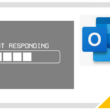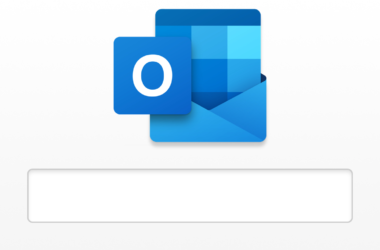We all know the feeling – you’re out with friends or listening to the radio, and a catchy tune starts playing. You desperately want to know the name of the song and who’s behind it. In such moments, Shazam has been our trusty companion for years, identifying songs with a simple tap. However, in the ever-evolving world of technology, it’s essential to keep your options open. Whether it’s due to changing preferences, dissatisfaction with Shazam’s features, or a desire to explore new horizons, there’s a need to look for Shazam alternatives. In this comprehensive guide, we’ll delve into the world of music identification apps and present you with some of the top contenders.
Shazam Unveiled: Features and Limitations
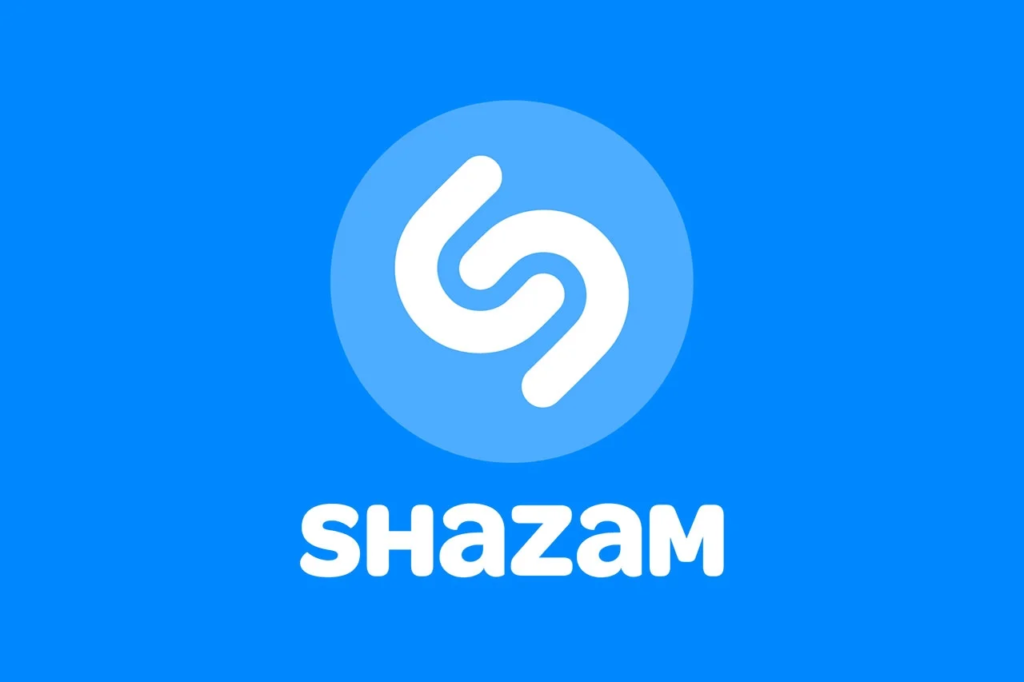
Before we dive into the Shazam alternatives, let’s briefly examine what makes Shazam tick and where it might fall short.
Shazam’s Impressive Features
Shazam’s reputation precedes it for a reason. It’s more than just a music identification app; it’s a musical companion with a plethora of features to enhance your music discovery journey.
One of Shazam’s most celebrated features is its ability to identify a song within seconds, making it a go-to app for music lovers worldwide. With just a tap, Shazam can unravel the mysteries of any song, providing you with essential information such as the song’s title, artist, and album.
But that’s not all. Shazam goes the extra mile by offering access to lyrics and music videos. So, not only can you identify a song, but you can also sing along without missing a beat. It’s a karaoke enthusiast’s dream come true.
Moreover, Shazam seamlessly integrates with popular music streaming platforms like Spotify and Apple Music. Once you’ve identified a song, you can add it directly to your playlists on these services. It’s the bridge that connects your discovery to your music library.
And let’s not forget the sheer size of Shazam’s music database. With millions of tracks in its repository, Shazam can identify not only mainstream hits but also obscure tunes. Whether it’s a chart-topping hit or an underground indie track, Shazam has your back.
Shazam’s Limitations
While Shazam is undoubtedly a remarkable app, it’s not without its limitations. Here are some areas where it might fall short:
Firstly, Shazam’s offline mode, while functional, has limitations. You may find yourself unable to identify songs when you’re offline and without a data connection. This could be a significant drawback for users who frequently find themselves in areas with poor connectivity.
Secondly, while there is a free version of Shazam, it comes with ads. For those who prefer an uninterrupted music identification experience, opting for the paid version might be necessary.
Lastly, some features, such as song previews, vary by region. This can be frustrating for international users who may not have access to the same features as their counterparts in different parts of the world.
Now that we’ve had a glimpse of what Shazam offers and where it might fall short, let’s explore why you might be on the hunt for a Shazam alternative.
Why Look for a Shazam Alternative?
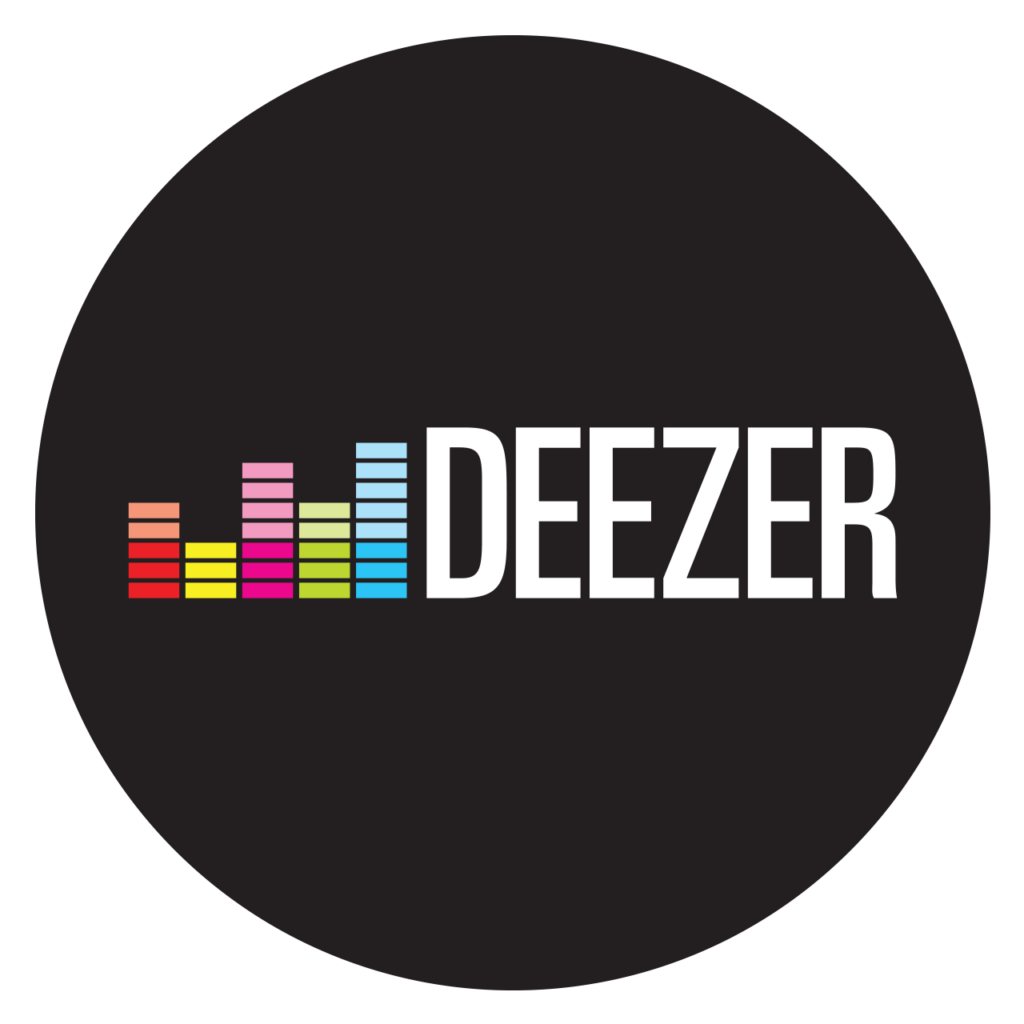
1. Expanding Horizons
Shazam has been a stalwart in the world of music recognition, but innovation doesn’t stop. You might be seeking Shazam alternatives to broaden your music discovery horizons, exploring new features and interfaces that cater to your evolving preferences.
2. Enhanced Features
While Shazam’s features are impressive, there’s always room for improvement. You might desire a music identification app that not only recognizes songs but also provides deeper insights into music, such as live performance recordings or remixes. You crave an app that can quench your thirst for music knowledge.
3. Unavailability or Regional Restrictions
Shazam’s functionalities vary by region, and it might not be accessible in certain areas. In such cases, seeking an alternative that works seamlessly in your location becomes imperative. You don’t want geographical boundaries to hinder your music exploration.
Commonly Used Shazam Alternatives For Music Identification

Now, let’s delve into a comprehensive list of Shazam alternatives that can meet your diverse music identification needs.
1. SoundHound
SoundHound is a formidable rival to Shazam, boasting lightning-fast song recognition. What sets SoundHound apart is its unique ability to identify songs based on your humming or singing. It’s the perfect choice for those who want a bit more interaction in their music discovery. SoundHound’s database is extensive, making it adept at identifying both mainstream hits and obscure gems. Additionally, it offers a feature-rich experience, including lyrics and links to music videos. So, if you’re looking for a Shazam alternative that’s not only accurate but also engaging, SoundHound might be your perfect match.
2. Musixmatch
Musixmatch takes music identification to the next level by offering more than just a song identifier; it’s a full-fledged music player. What sets it apart is its real-time lyrics display while you listen to your favorite tunes. This is a dream come true for lyric enthusiasts who want to sing along without missing a beat. Musixmatch also provides comprehensive information about songs, including their origins, allowing you to delve deeper into the music you love. If you’re looking for an alternative that combines song identification with an immersive lyrics experience, Musixmatch is an excellent choice.
3. MusicID
MusicID is all about efficiency and accuracy. It does precisely what it’s designed for—recognizing songs and providing detailed information about them. If you prefer a straightforward approach to music identification without the bells and whistles, MusicID has you covered. Its simple interface makes it easy to use, and it excels in delivering accurate results swiftly. This Shazam alternative is perfect for those who want a no-nonsense solution for identifying songs without unnecessary distractions.
4. AHA Music (Chrome Extension)
For those who prefer music identification on their computers, the AHA Music Chrome extension is a handy tool. It seamlessly identifies songs playing in your browser, making it a versatile choice for desktop users. Whether you’re watching a YouTube video or browsing a music blog, this extension can quickly identify the songs you encounter. It’s a lightweight solution that adds a valuable feature to your web browsing experience. If you spend a significant amount of time on your computer and want a Shazam alternative that integrates with your online activities, AHA Music is worth considering.
5. TrackID (by Sony)
TrackID, developed by Sony, was once a popular choice among music enthusiasts. However, it’s essential to check its availability, as Sony had discontinued it at the time of my last update. If it’s still accessible in your region, TrackID offers a user-friendly experience and a vast music database. It’s known for its accurate song recognition and straightforward interface. If you’re a fan of Sony products and are looking for a Shazam alternative with a proven track record, TrackID might be a suitable choice if it’s still available.
6. Deezer
Deezer, primarily a music streaming service, also offers a song recognition feature called “SongCatcher.” If you’re already a Deezer user, this might be a convenient choice. SongCatcher seamlessly integrates with Deezer’s extensive music library, allowing you to add recognized tracks directly to your playlists. While Deezer is more than just a music identification app, its song recognition feature is a valuable addition for those who want an all-in-one music experience. If you’re a Deezer subscriber or considering it, SongCatcher adds an extra layer of functionality to your music discovery.
7. Google Assistant (Google Now Playing)
Some Android devices feature a built-in song recognition function powered by Google Assistant. It’s a seamless way to identify songs without needing a separate app. Google Now Playing operates quietly in the background, listening for music and displaying song information on your device’s lock screen. This feature is not only convenient but also conserves battery life compared to standalone apps. If you’re an Android user, Google Assistant’s song recognition may be right at your fingertips, offering a native and efficient Shazam alternative.
8. Siri (Apple)
Apple users can rely on Siri for song identification by simply asking, “What’s this song?” Siri uses Shazam’s database to provide accurate song information. It’s a convenient option for iOS users, especially if you’re already immersed in the Apple ecosystem. Siri’s integration with Apple Music also allows you to add recognized songs to your library or playlists effortlessly. If you’re an iPhone or iPad user, Siri’s song recognition capabilities make it a go-to choice for identifying music on the fly.
9. Cortana (Microsoft)
Microsoft’s Cortana can also identify songs, providing a convenient option for Windows users. While Cortana offers a range of voice-assisted functions, its song recognition feature is a handy addition for music enthusiasts. You can activate Cortana and ask it to identify the music playing around you, and it will promptly provide song details. If you’re a Windows user and want a voice-activated Shazam alternative, Cortana is worth exploring.
10. Midomi
Midomi takes a unique approach to song identification. It allows you to sing or hum a song to identify it, making it a fun and interactive Shazam alternative. Its extensive database covers a wide range of songs, making it effective in recognizing tunes, even if you’re not a professional singer. Midomi also offers a mobile app called “SoundHound” for on-the-go music recognition. So, if you enjoy the idea of singing your way to song discovery or simply want a different approach to music identification, Midomi is a refreshing choice.
11. Beatfind
Beatfind is an Android app that combines music identification with a built-in visualizer. It’s an excellent choice for those who enjoy immersive music experiences. When Beatfind identifies a song, it provides not only the song’s details but also a dynamic visual representation that syncs with the music’s beats and rhythm. It adds an extra layer of excitement to your music discovery. Beatfind’s integration of audio and visual elements makes it a unique Shazam alternative that appeals to both your auditory and visual senses.
With these expanded descriptions, you can now make a more informed decision when choosing the perfect Shazam alternative that aligns with your music identification preferences.
Factors To Consider While Choosing The Perfect Shazam Alternative
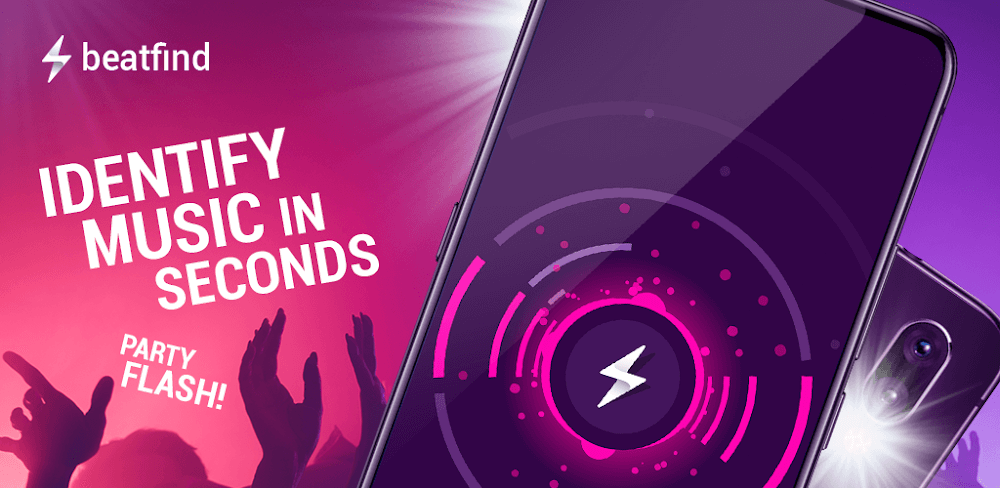
With a multitude of Shazam alternatives at your fingertips, it’s essential to consider various factors before settling on the perfect one for your music identification needs. Here are some key considerations:
1. Accuracy and Speed
The primary purpose of these apps is to recognize songs quickly and accurately. Choose an alternative that excels in this department, ensuring you’re not left hanging during those crucial music moments.
2. Additional Features
While song identification is the core function, some apps offer extra features like lyrics, music videos, and integration with streaming platforms. Evaluate which features matter most to you. Are you looking for a comprehensive music experience beyond simple identification?
3. Offline Functionality
If you’re frequently without an internet connection, opt for an app that offers robust offline capabilities. You don’t want to miss out on discovering your favorite tunes just because you’re off the grid. Consider whether the Shazam alternative allows you to identify songs without an internet connection.
4. Regional Availability
Check if the app is available and fully functional in your region to avoid disappointment. You want an app that caters to your location-specific needs. Regional restrictions can impact your overall experience, so it’s crucial to ensure compatibility with your location.
5. User-Friendly Interface
A user-friendly and intuitive interface can enhance your overall experience. Look for an alternative that you find easy to navigate. You don’t want to fumble around when trying to identify a song in the heat of the moment. An intuitive interface ensures a smoother and more enjoyable music identification process.
Conclusion
In the world of music identification, Shazam has been a pioneer, but the landscape is evolving. Whether you seek additional features, a change of scenery, or a more accurate and efficient alternative, there are plenty of options to explore. Remember to consider your unique preferences and requirements as you venture into the realm of Shazam alternatives. Music discovery is a personal journey, and the perfect app is out there waiting for you to hit the play button.





